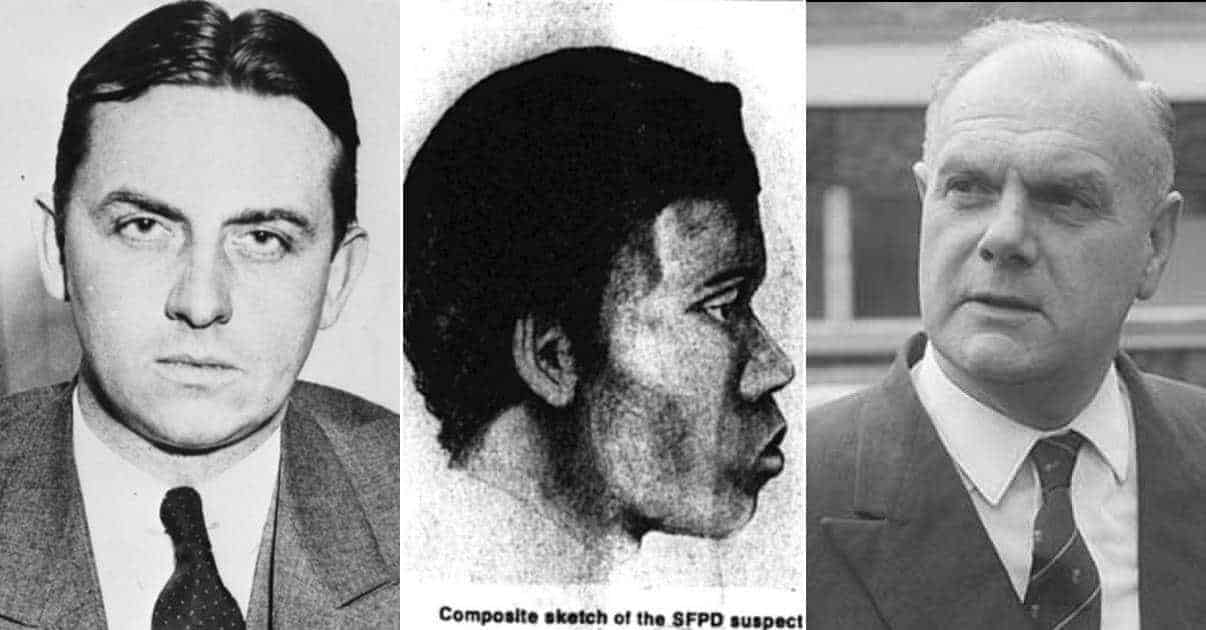According to the FBI, approximately 150 people are killed by serial killers in the United States annually. This represents a little over 1% of homicides in the U.S. which seems rather low and suggests there are not quite as many serial killers around as you thought. If you believed what you saw on TV, you would be scared to go outside your front door for fear of a Ted Bundy or John Wayne Gacy torturing you to death!
If you look at the preponderance of television shows based around killing and serial murderers (Dexter, the CSI Series, Hannibal and countless others), it’s clear that the general public has a guilty fascination with the grisly and macabre. Are we drawn in by the sickness of the minds that commit these horrific crimes or confused by the way in which these monsters can seemingly carry on ‘normal’ lives after perpetrating their bloody deeds?
There are a number of famous serial killers throughout history. Along with the two mentioned above, there is Gary Ridgeway (Green River Killer), Jeffrey Dahmer, Pedro Lopez and Dennis Nielsen among others. However, in this article, I want to focus on those who were never brought to justice for their crimes. In many cases, these killers may well have been accredited with more murders than they actually committed so the figures mentioned below are purely police estimates. I’ve also elected to ignore well-known serial killers such as the Zodiac and Jack the Ripper cases and focus on ones you may not be familiar with.
1 – The Atlanta Ripper (15-21 Victims)

The city of Atlanta was to be gripped by a brief reign of terror in the early 20th century when a killer, dubbed ‘the Atlanta Ripper’, brutally murdered at least 15 African-American women. The killings began in 1911 and it is believed the ripper may have killed at least 21 women although police couldn’t definitively tie the additional killings to the Ripper.
At that time, the state of Georgia was one of several states eager to disenfranchise black people with regulations such as ‘Poll Tax’. Segregation was actually the law rather than merely a part of life and race relations were strained to say the least. For example, the local black baseball team was not allowed to place within 2 blocks of the white baseball team! On 22 September 1906, a white mob descended on downtown Atlanta after being outraged by unsubstantiated reports of black men attacking white women. The mob went wild and as many as 40 black Atlanta residents lay dead after several days of terror.
Atlanta’s population reached 150,000 by 1911 and white residents were keen to keep black people out of their neighborhoods. This background is crucial to the case because initially at least, no one seemed to care when the brutal murders of African-American women started. It is now assumed that Belle Walker was the first victim of the Atlanta Ripper. She was discovered with her throat cut in late May 1911. Newspapers had a mostly white readership so news of the killing was only found on page 7 of the Atlanta Journal-Constitution.
Addie Watts was killed two weeks later and the media began speculating on the possibility of a serial killer in Atlanta who they compared to notorious UK butcher ‘Jack the Ripper‘. After five killings, the Ripper finally made front-page news. It seemed the Atlanta Ripper chose his victims on a Saturday night. Mary Yeldell avoided becoming victim #8 on 8 July 1911 as her friend W.M Selcer heard the screaming woman and came to her aid with a revolver. He described the assailant as a “negro man, tall, black and well-built, and moving with a cat-like tread.” Unfortunately, the attacker successfully fled the scene.
Still, the killings continued and included the particularly gruesome slaying of Sadie Holley who was almost decapitated. Although police patrols were increased, the random nature of the attacks meant they came no closer to finding the Ripper. The 100% white Atlanta Police Department was criticized for incompetence by various city councilmen. The deep-seated racism of the times was best summed up by the statements of local magistrate Nash Broyles who claimed the killings were perpetrated by different men as in his opinion “there are at least 1,000 negro men in Atlanta today who stand ready to cut the throats of their wives at the slightest provocation. He also said the killings happened on Saturday night because it was the night when the black man “tanks up.”
Suspects including Todd Henderson and Henry Huff were arrested but initially released without charge. Huff was eventually indicted along with a man called John Daniel but the murders continued regardless. Despite further murders happening in 1912, it was reported that a grand jury claimed the Atlanta Ripper was a myth without explaining how it came to this conclusion. A 20th victim was found with her throat cut in the Spring of 1912 and in April 1912, a man called Charlie Owens was sentenced to life in prison for one of the murders; although the story didn’t say which murder he was convicted of.
On 10 August 1912, Henry Brown, also known as Lawton Brown, was arrested for murdering Eva Florence in November 1911. He revealed seemingly intimate details of the Ripper crimes and the police believed they had their man. Yet a witness called John Rutherford later testified that the confession was beaten out of Brown by the police. Brown was acquitted on 18 October. In the end, no one was ever definitively identified as the Atlanta Ripper. Unreliable newspaper reporting and police records along with hysteria over a serial killer mean we don’t even know how many people the Ripper actually killed.

